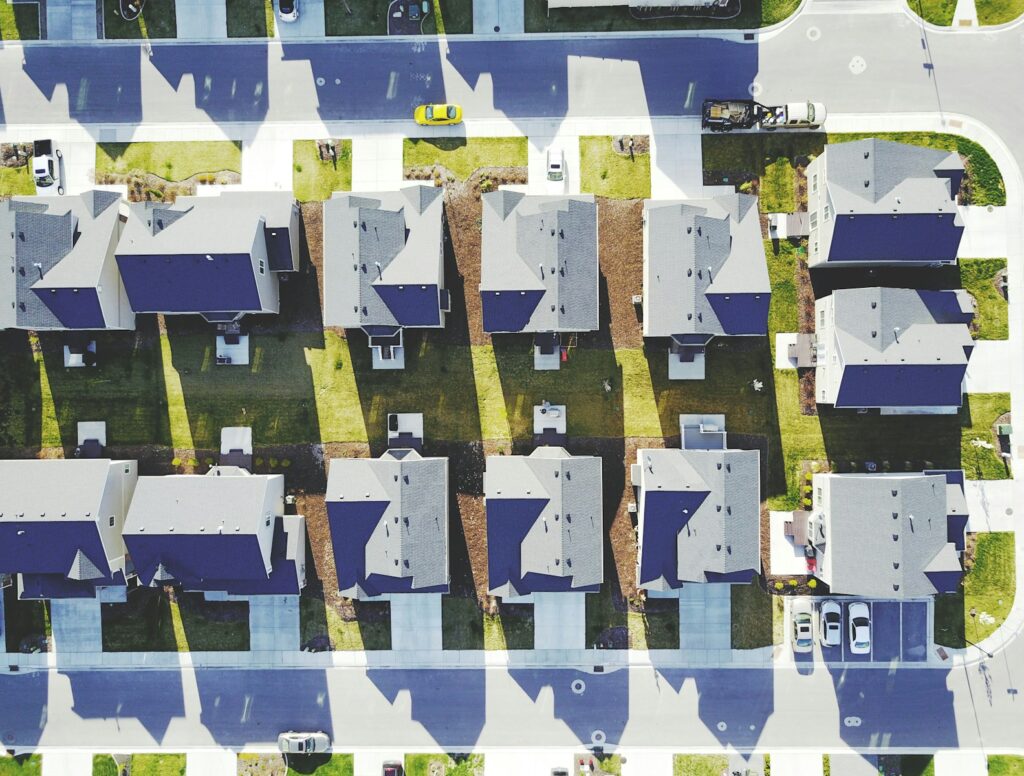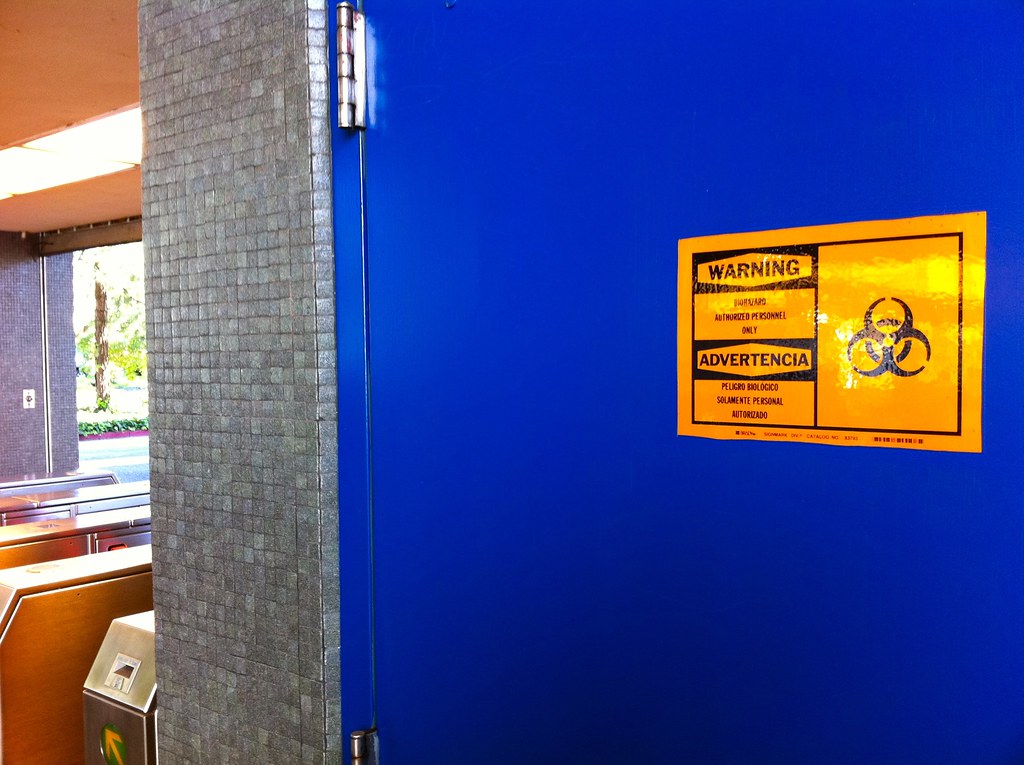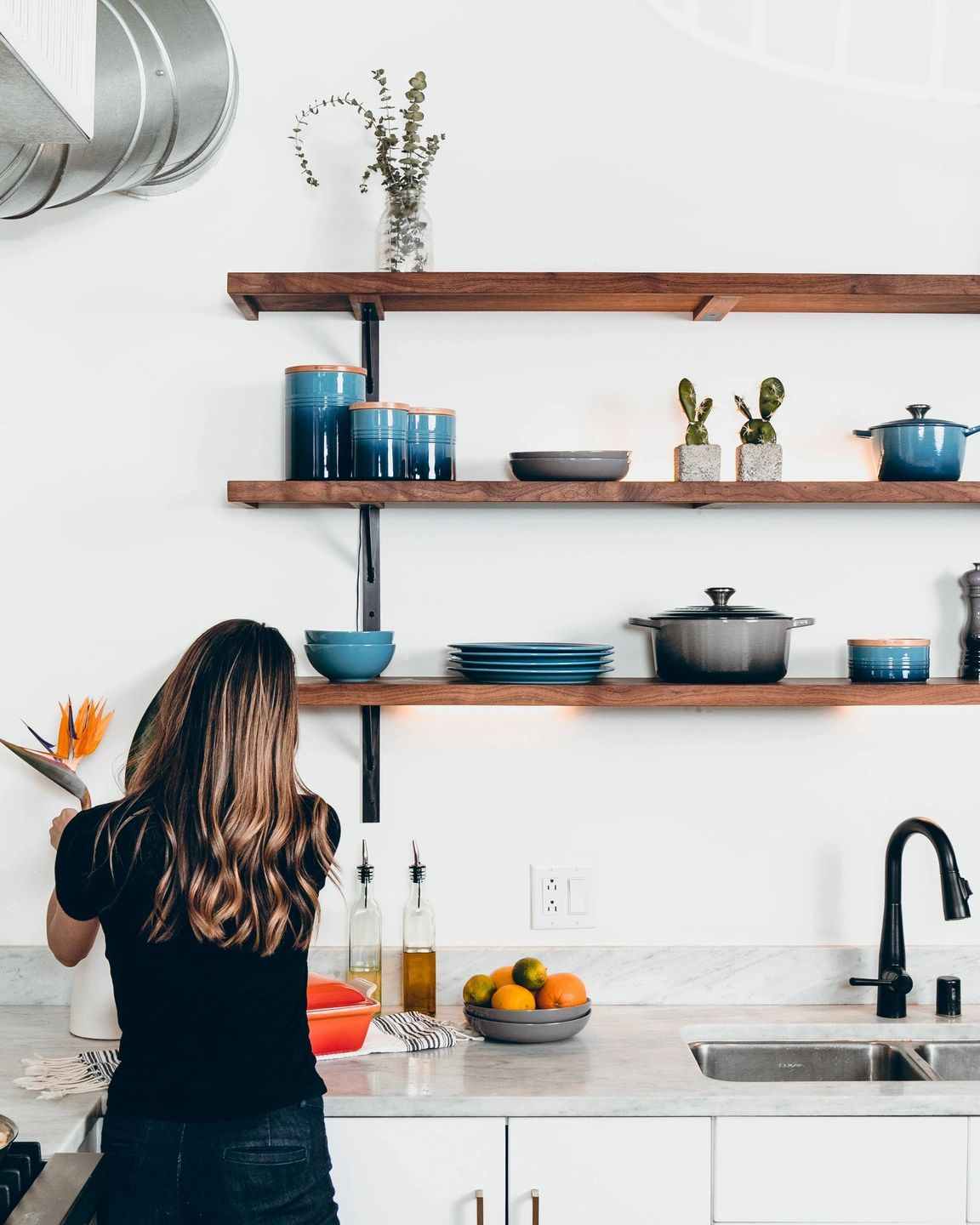Introduction
Raleigh has been on the radar for years as one of the most livable cities in the U.S. With its strong job market, thriving universities, and balance of urban and suburban living, people keep moving here. But what does that mean for the housing market? And how are homeowners and buyers shaping their spaces once they settle in?

In this article, we’ll break down the latest housing data, highlight current design preferences, and connect it all to Raleigh’s local lifestyle and business growth. Whether you’re a potential buyer, an investor, or simply curious about what’s happening in Raleigh real estate, this deep dive will give you both numbers and insights you can use.
Raleigh Housing Data
Home Price Trends
According to the Federal Housing Finance Agency, Raleigh’s House Price Index stood at 367.21 in Q2 2025. That represents a year-over-year growth of 2.42%, with a slight quarter-over-quarter bump of 0.20%. While growth has slowed from the double-digit surges of the pandemic years, it’s still a steady upward climb.
Ownership and Rental Market
Wake County’s [Consolidated Plan Draft (2025)](https://s3.us-west-1.amazonaws.com/wakegov.com.if-us-west-1/…) provides a clear snapshot:
- Homeownership rate: 64.4% (2023)
- Owner vacancy rate: 0.7%
- Rental vacancy rate: 9.2%
- Median home price: $422,800
- Median rent: $1,346
- Loss of affordable rentals: 58% of units under $1,000 have disappeared between 2012 and 2022
These numbers highlight a tight market, especially for buyers. For renters, the vacancy rate is higher, but affordability remains a pressing issue.
Multifamily Housing
The multifamily sector tells another story. The [Marcus & Millichap Multifamily Report](https://www.institutionalpropertyadvisors.com/-/media/Files/…) shows that 14,975 new units were delivered in the year ending Q1 2025. Despite that, vacancy fell by 80 basis points to 6.0%. For 2025, completions are projected to fall by 50%, while average rents are expected to reach $1,500 with vacancy holding at 5.8%.
This reflects a market that remains attractive to investors and developers, but also competitive for renters as supply tightens.
Housing Market in Context
For a detailed Raleigh real estate update, local experts point to population growth, job creation in tech and life sciences, and ongoing demand from young families and professionals relocating from more expensive metros.
Home Design Insights
Renovation and Remodeling Trends
Nationally, remodeling remains strong. Harvard’s Improving America’s Housing 2025 report shows that spending peaked at $611 billion in 2022 and still topped $600 billion in 2025. In 2023 alone, 26 million homeowners invested in projects, with average spending of $4,700 on improvements and $1,200 on maintenance.
Interestingly, pro-installed projects jumped by 14% between 2021 and 2023, while DIY projects dropped by 13%. That reflects homeowners prioritizing professional quality and convenience.
Popular Home Projects
Houzz’s U.S. Houzz & Home Study 2025 points out rising renovation budgets:
- Median renovation spend: $20,000 (2024)
- Small kitchen remodel: $35,000 (+9% YoY)
- Large kitchen remodel: $55,000
- Small primary bath remodel: $17,000 (+13% YoY)
- Large bath remodel: $25,000
These numbers underline how kitchens and bathrooms continue to be the go-to areas for home upgrades.
Design Features in Raleigh Homes
In Raleigh, design preferences blend practicality with personal expression. Buyers and homeowners are leaning toward open layouts, functional outdoor spaces, and materials that feel authentic.
A growing number are also choosing sustainable and authentic materials in home design. Think reclaimed wood, stone, and natural finishes that connect homes to their environment. These choices not only reflect aesthetics but also values tied to health, sustainability, and long-term quality.
Local Lifestyle and Business Growth Connection
Why does design matter in this market? Because housing demand isn’t just about shelter—it’s about lifestyle. Raleigh’s thriving business environment, particularly in research, biotech, and education, draws a diverse population. Families want functional spaces with room to grow. Professionals want stylish yet low-maintenance homes close to urban amenities. Retirees seek comfort and accessibility.
As the city expands, design trends echo the pace of life here: balanced, practical, but forward-looking. Outdoor living areas, flex rooms that double as home offices, and energy-conscious upgrades are now less of a luxury and more of an expectation.
Outlook
Looking ahead, Raleigh’s housing market is likely to keep moving steadily upward rather than spiking dramatically. Population inflows, new jobs, and a still-limited supply will support continued growth in both prices and rents.
On the design side, remodeling activity will remain strong, with homeowners focusing on kitchens, baths, and multipurpose spaces. The emphasis on natural and sustainable design elements suggests a cultural shift as much as a stylistic one.
Conclusion
Raleigh’s housing market isn’t cooling—it’s recalibrating. Prices are still rising, rentals remain competitive, and supply is under pressure. Meanwhile, homeowners are putting their money into meaningful upgrades, prioritizing function, style, and sustainability.
If you’re watching the market or thinking of making a move, keep in mind the mix of steady demand, affordability challenges, and evolving design priorities. Raleigh continues to grow, and so do the ways people are choosing to live here.


